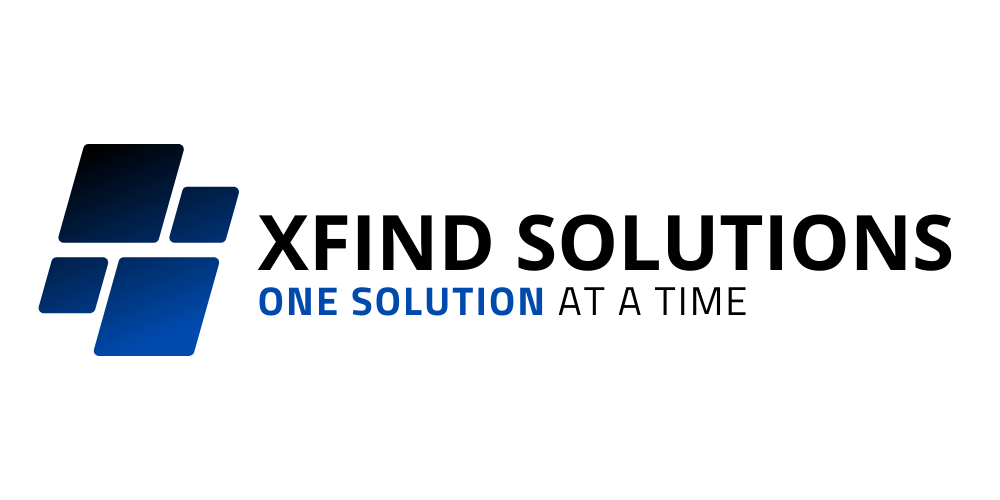One disadvantage of this method is that it can be misleading in case of above average or below average financial leverage. Take the price per share of the expense: definition types and how expenses are recorded company that is trading and divide it by the cash flow per share. To limit the effects of volatility, a 30-day or 60-day average price can be used.
Another option, which we often encourage for our clients is smart debt financing. When strategically employed, it can be a powerful tool for companies looking to optimize their capital structure and fuel growth. Unlike equity financing, debt financing does not dilute ownership, allowing existing shareholders to retain control. The interest paid on debt is often tax-deductible, providing a financial advantage. Conversely, the cautionary tale of debt financing reminds us of the potential pitfalls companies face when mismanaging the delicate equilibrium between these two capital sources.
- To create a cash flow statement, review each cash transaction on record, and assign the dollar amount to one of three categories.
- In the previous example, an investor could detect that this is the case by looking to see if CapEx was growing between 2019 and 2021.
- Overall, both look to determine how well a business is generating money from its core operations.
- Many of the adjustments in this third and final section deal with how adjustments to those two metrics affect how we calculate the present value of future cash flows.
- However, the cash flow statement is a better measure of the performance of a company than the income statement.
- Cash flow from investing (CFI) or investing cash flow reports how much cash has been generated or spent from various investment-related activities in a specific period.
It is more difficult to hide financial misdeeds and management adjustments in the cash flow statement. Free cash flow is left over after a company pays for its operating expenses and CapEx. If an item is sold on credit or via a subscription payment plan, money may not yet be received from those sales and are booked as accounts receivable. Cash flows also track outflows and inflows and categorize them by the source or use. Operating Cash Flow (or sometimes called “cash from operations”) is a measure of cash generated (or consumed) by a business from its normal operating activities. A high cash flow to debt ratio indicates that the business is in a strong financial position and is able to accelerate its debt repayments if necessary.
You can quickly calculate the free cash flow of a company from the cash flow statement. Next, find the amount for capital expenditures in the “cash flow from investing” section. Then subtract the capital expenditures number from the total cash generated from operations to derive free cash flow (FCF). Cash flow is the net cash and cash equivalents transferred in and out of a company.
Figure 1 shows the five companies with the largest adjusted total debt removed from shareholder value in 2012 and the five companies with the largest adjusted total debt as a percent of market cap. To find the unlevered cost of capital, we must first find the project’s unlevered beta. Unlevered beta is a measure of the company’s risk relative to that of the market. It is also referred to as “asset beta” because, without leverage, a company’s equity beta is equal to its asset beta. EBITDA became popular in the 1980s with the rise of the leveraged buyout industry. Some investors prefer to use FCF or FCF per share rather than earnings or earnings per share (EPS) as a measure of profitability because the latter metrics remove non-cash items from the income statement.
Cash flow statement: Analyzing cash flow from financing activities
[7] Fixed assets include Net Property, Plant, and Equipment, Goodwill, net, Net Other Intangibles, Long-term Restricted Cash, and Other Fixed Assets. [1] I calculate the S&P 500 Traditional and Adjusted 3-Year Average FCF by aggregating the results for all current members of the S&P 500. T. Rowe Price’s Traditional FCF to Debt ratio rose from 10.5 in 2020 to 11.1 TTM, while its Adjusted FCF to Debt ratio fell from 9.9 to 9.6 over the same time. Rowe Price’s Traditional FCF to Debt ratio has been overstated since 2016. Rowe Price’s Traditional 3-Year Average FCF and Adjusted 3-Year Average FCF and details each of the differences listed above. Rowe Price’s Traditional and Adjusted FCF to Debt ratio is driven by the difference between its Traditional 3-Year Average FCF and Adjusted 3-Year Average FCF, which is illustrated in Figure 13.
- Moreover, accessing debt markets allows companies to capitalize on favorable interest rates and secure funds at a lower cost than equity.
- Now, all investors, not just Wall Street insiders, can access trustworthy research on the earnings and valuation of stocks, bonds, ETFs, and mutual funds.
- EV, or enterprise value, mirrors the amount of debt a company has, and DACF mirrors the after-tax cost of that debt.
- This content is for general information purposes only, and should not be used as a substitute for consultation with professional advisors.
- As our infographic shows, simply start at Net Income then add back Taxes, Interest, Depreciation & Amortization and you’ve arrived at EBITDA.
As a financial services firm, we work with many companies to secure loans from banks, financial institutions or through the issuance of corporate bonds. Unlike equity financing, debt financing does not dilute ownership, but it creates an obligation for regular interest payments and the repayment of the principal amount. Also referred to as price per flowing barrel, this is a key metric used by many oil and gas analysts. This measure takes the enterprise value (market capitalization + debt – cash) and divides it by barrels of oil equivalent per day, or BOE/D. AT&T (T) is a good example of a company with more debt than can be found on the balance sheet.
What Is the Cash Flow-to-Debt Ratio?
Called the free cash flow yield, this gives investors another way to assess the value of a company that is comparable to the P/E ratio. Since this measure uses free cash flow, the free cash flow yield provides a better measure of a company’s performance. Using the cash flow statement in conjunction with other financial statements can help analysts and investors arrive at various metrics and ratios used to make informed decisions and recommendations. Companies with strong financial flexibility fare better in a downturn by avoiding the costs of financial distress. EBITDA can be easily calculated off the income statement (unless depreciation and amortization are not shown as a line item, in which case it can be found on the cash flow statement).
Free Cash Flow vs. EBITDA: What’s the Difference?
However, the free cash flow amount is one of the most accurate ways to gauge a company’s financial condition. Comparing the four companies listed below indicates that Cisco was positioned to perform well with the highest free cash flow yield, based on enterprise value. Lastly, Fluor had relatively a low P/E ratio that could be indicative of a value buy. But this thesis doesn’t seem feasible when taking its relatively low FCF yield into account. The primary reason for this difference was the large amount of debt that GE carried on its books, primarily from its financial unit.
FCF To Debt: Unscrubbed Data Creates Misleading Credit Ratings
You should consult with a licensed professional for advice concerning your specific situation. Only our “novel database” enables investors to overcome those flaws and apply reliable fundamental data in their research. Figure 10 compares Monolithic Power Systems’ Traditional Debt and Adjusted Debt since 2016.
They may also receive income from interest, investments, royalties, and licensing agreements and sell products on credit. Assessing cash flows is essential for evaluating a company’s liquidity, flexibility, and overall financial performance. Free Cash Flow can be easily derived from the statement of cash flows by taking operating cash flow and deducting capital expenditures.
The capital structures of various oil & gas firms can be dramatically different. Firms with higher levels of debt will show a better price-to-cash flow ratio, which is why some analysts prefer the EV/DACF multiple. Free cash flow (FCF) represents the cash that a company generates after accounting for cash outflows to support operations and maintain its capital assets. The cash flow-to-debt ratio is the ratio of a company’s cash flow from operations to its total debt.





